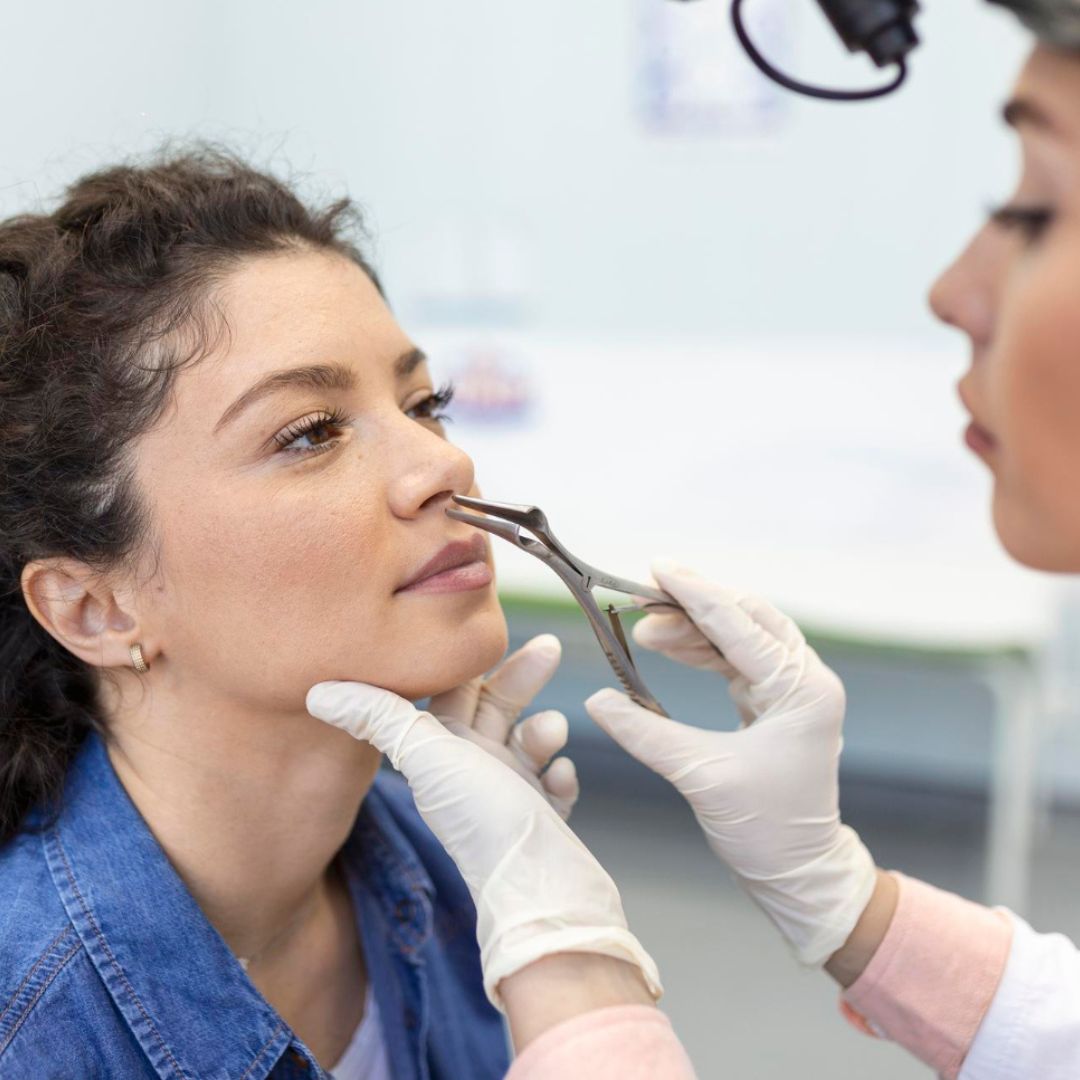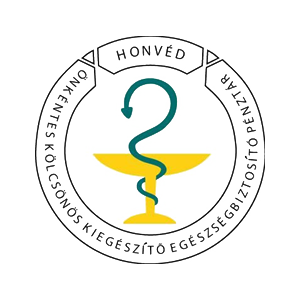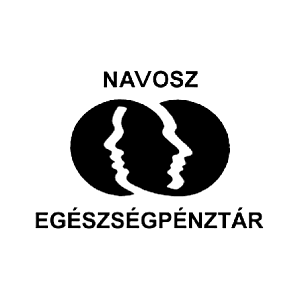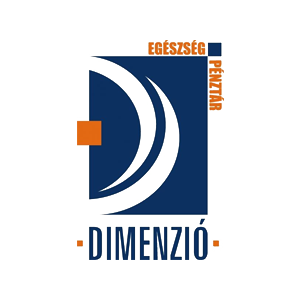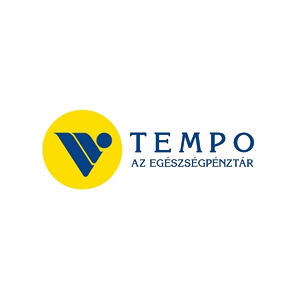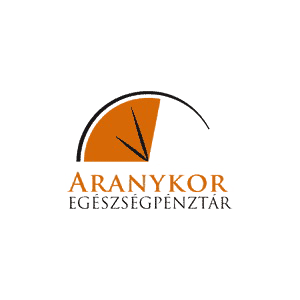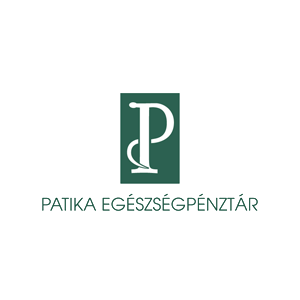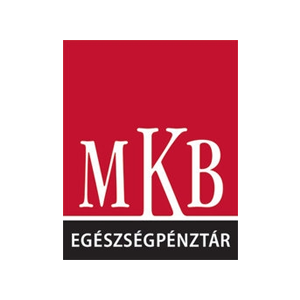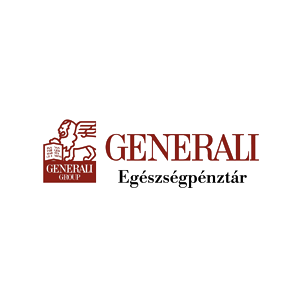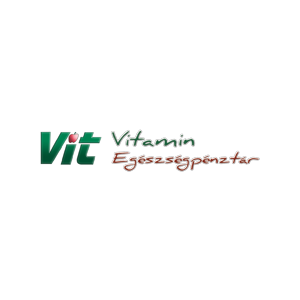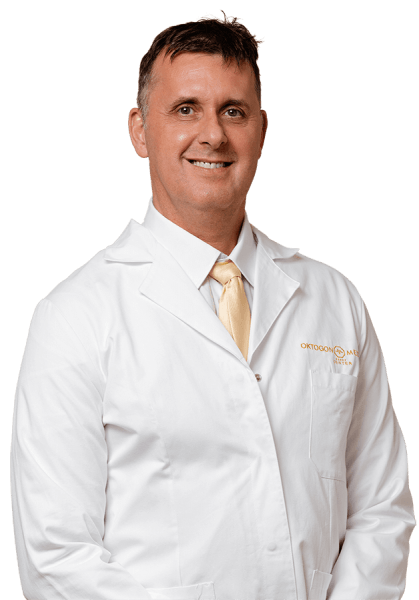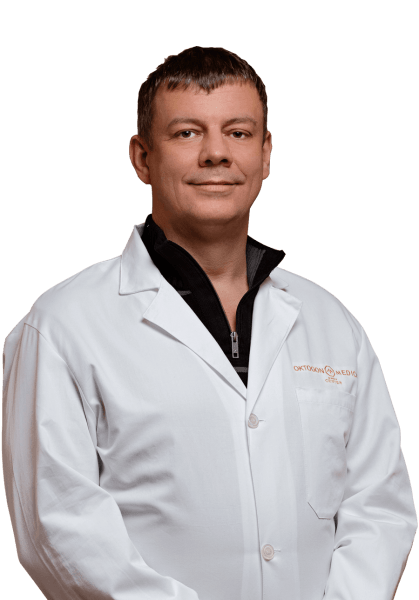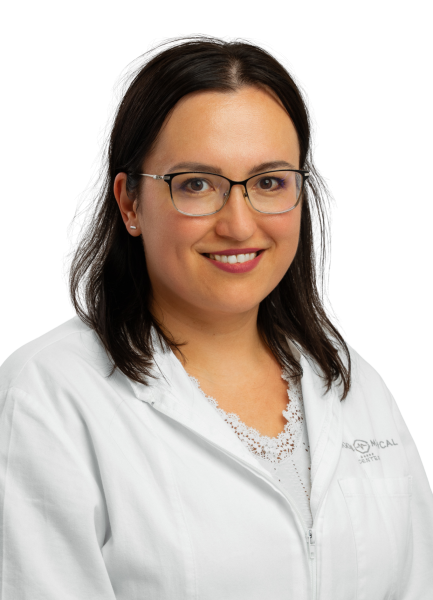Our private ENT services are available for both adults and children (from the age of 0).
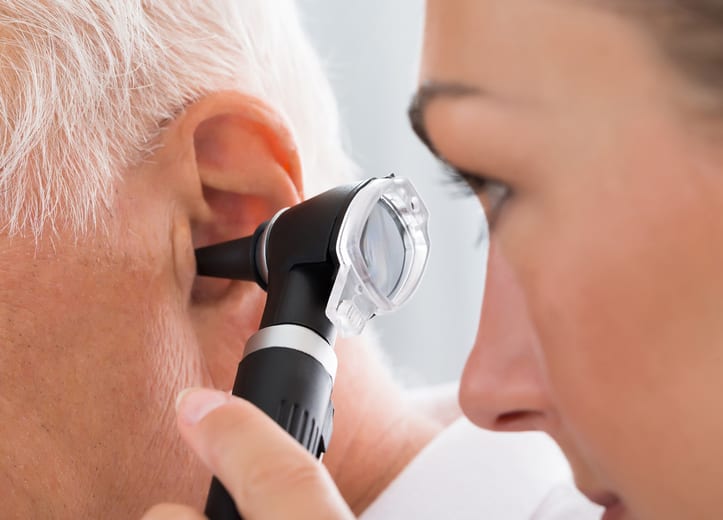
It is recommended to visit an ORL specialist if you experience:
- long-lasting or intense upper respiratory infection, common cold symptoms
- pain in the ear
- pain in the cheeks, forehead, root of the nose
- acute or progressive impairment of hearing capacity and/or tinnitus
- vertigo, dizziness that is intense or lasts more than one day
- repeated series of sneezing multiple times, watery nasal discharge, nasal obstruction
- hoarseness persisting for more than 3 weeks
- recurrent episodes of coughing for more than 3 weeks
What to expect during an ENT office visit?
After listening to your complaints and asking several questions about your medical history (previous diseases, surgeries etc.), family diseases, medication (if any), allergies (if any), the specialist performs a basic (general) ENT examination as follows:
He/She
- visually checks (and, if necessary, palpate) the pinna (auricle) and its surrounding areas
- inspects the ear canal and ear drum on both sides, using a cone-shaped ear specula and a light-source, an otoscope or a microscope
to evaluate the status of your EARS.
- visually checks the external nose (also by palpation, if needed)
- while gently prizing open your nostrils with a nasal specula, inspects the inner parts of the nose
- checks your cheeks and forehead for any pain or tenderness to pressure and knocking
in order to evaluate your NOSE AND PARANASAL SINUSES.
- After asking you to hold your mouth wide open, inspects your tongue and then the entire oral cavity, generally using a tongue depressor to better visualize the mucosal lining of your mouth, your throat, hard and soft palate, tooth gum, tonsils, salivary glands and their oral openings.
to inspect your MOUTH AND THROAT.
- after asking you to hold your mouth wide open, gently pulls out your tongue and introduces a little round-shaped, pre-heated mirror or a laryngoscope (endoscope for the inspection of the voice box) in your mouth, then asks you to say "Heeeee" so as to evaluate how your vocal cords move.
to check your VOICE BOX AND LOWER PARTS OF YOUR THROAT.
- inspects and palpates your NECK.
- assesses the function of your FACIAL NERVE with several mimic tests.
In patients with ear problems, removal of earwax may be necessary. The specialist may perform tuning fork tests, an acoustic impedance test (tympanometry, an objective test) and/ or a subjective audiometry (subjective hearing test performed with the patient sitting in a sound-proof chamber). In particular cases, diagnostic imaging tools (CT, MRI) might also be used to get a correct diagnosis. All these examinations are pain-free.
For nose (and partly also for ear) problems, endoscopic inspection of the nose may be required, either with a rigid or flexible endoscope. Prior to the introduction of the endoscope, generally a piece of cotton wool is placed into each nostrils for approx.10 minutes, with the intention to reduce the swelling of the mucosal lining for better visualization of the intranasal structures and, at the same time, mitigate the discomfort during the examination. For this reason, we apply a decongestant (reduction of mucosal swelling) and a local anaesthetic (usually Lidocain) on the cotton wool.
In addition to the nasal cavity, also the nasopharynx (upper part of the throat) and openings of the Eustachian tube are visualized. Such endoscopy is also pain-free but sometimes may cause some discomfort. If bacterial or fungal infection is suspected, microbiological culture of nasal secretion may be done (nasal or nasopharyngeal culture). Your doctor inserts a small swab with a soft tip into your nostril and twirl it a few times to collect secretions which may cause some discomfort. The sample is then sent to a special laboratory.
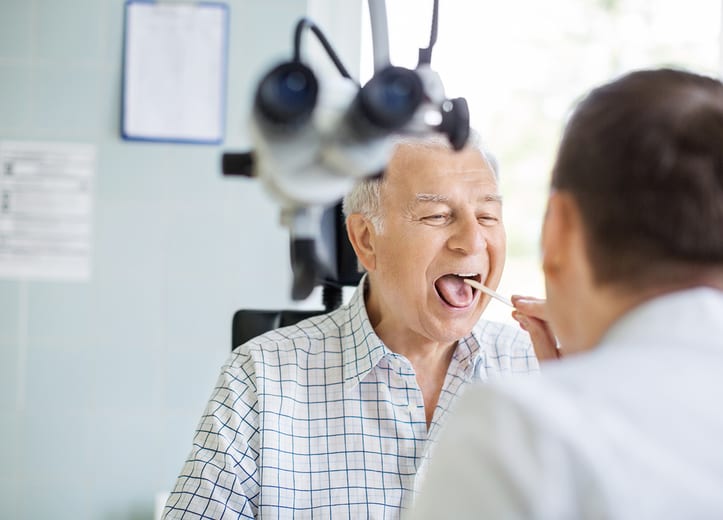
Examination of paranasal sinuses can be completed with ultrasonography performed by the ENT specialist, or, in some cases, computer tomography of the sinuses may be ordered.
As for the problems of the oral cavity, tongue, tonsils, throat or salivary glands, a throat swab culture may be added to the above mentioned, general examinations. Your doctor will rub a sterile cotton swab accross the back of your throat, tonsils or any other affected area for a few seconds to collect a sample of the secretion produced in your throat. This sample is then transported to a microbilological lab to assess if there are any disease-causing bacteria or fungi in your throat.
In case of problems of the lower part of the throat (hypopharynx) and/or the voice box (larynx), endoscopic assessment of these structures is performed, using a rigid endoscope introduced through the mouth, or, sometimes a flexible endoscope introduced through the nose. Laryngoscopy causes some discomfort in the throat and many people cannot tolerate it without coughing or retching. In patients with a strong gag reflex local anaesthesia of the throat can be required.
Any lumps, resistance, tenderness or pain persisting on the neck, usually requires an ultrasound evaluation of the soft tissues, lymph nodes and thyroid glands, in addition to basic examination (visual check and palpation). In other cases, when blood circulation problems are suspected (e.g. in tinnitus patients), carotid Doppler test may be necessary, which means an ultrasound examination of the major arteries and veins on the neck. Sometimes your doctor may order a CT or MRI examination of the neck, or, to establish a more precise diagnosis, aspiration cytology (histological assessment) of the abnormal structure.
With respect to the relationships between otorhinolaryngolgical issues and several other branches of medicine, we often have to involve other subspecialties for a more precise diagnosis, such as neurology, dentistry, rheumatology, gastroenterology, ophtalmology, cardiology, etc.
